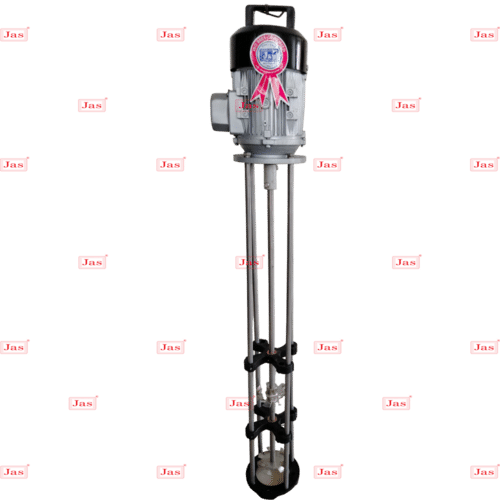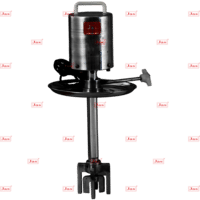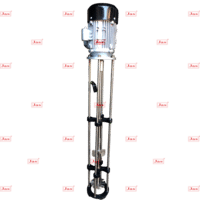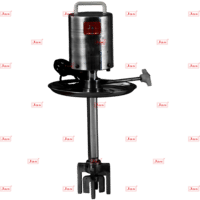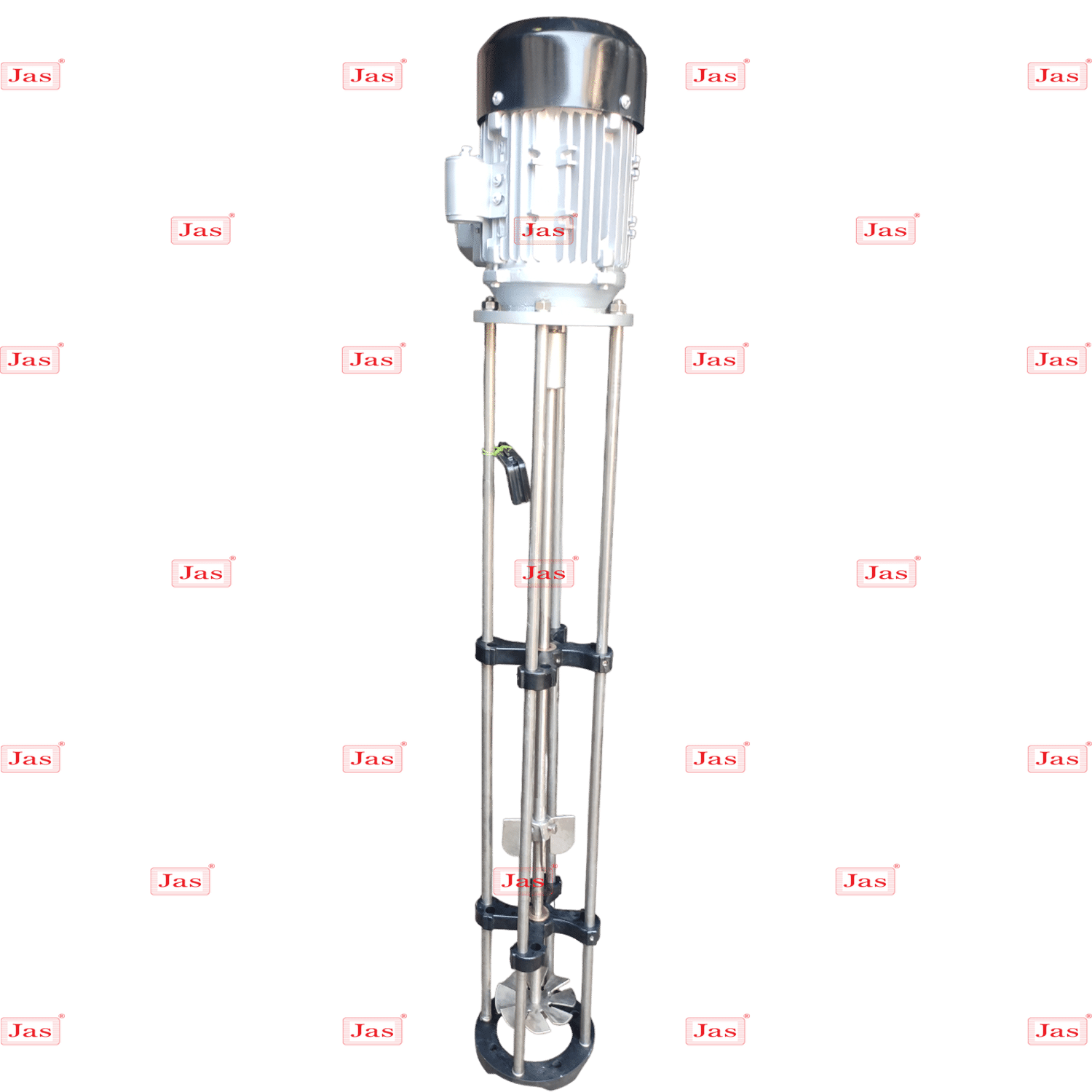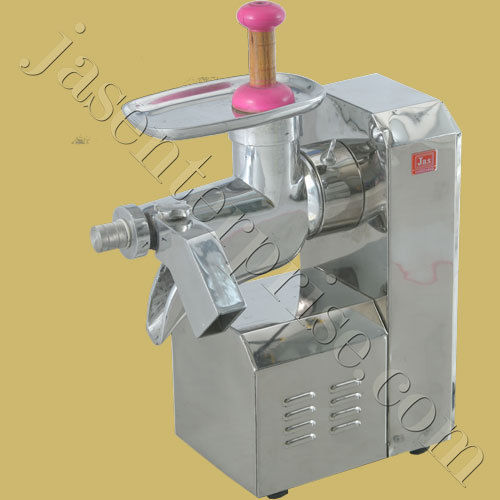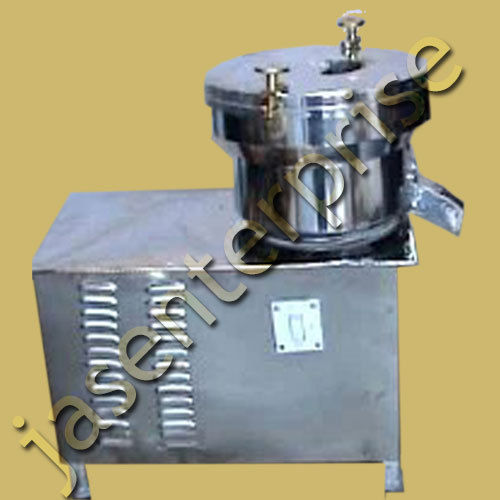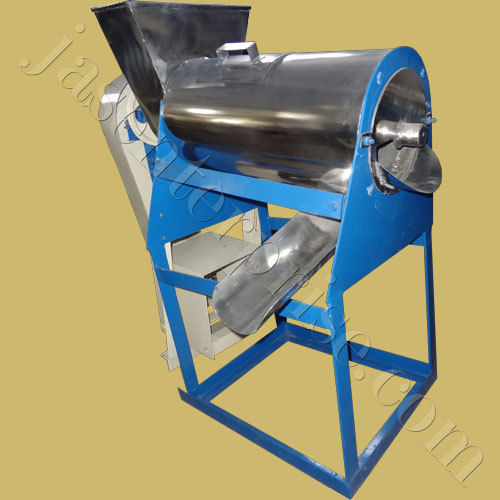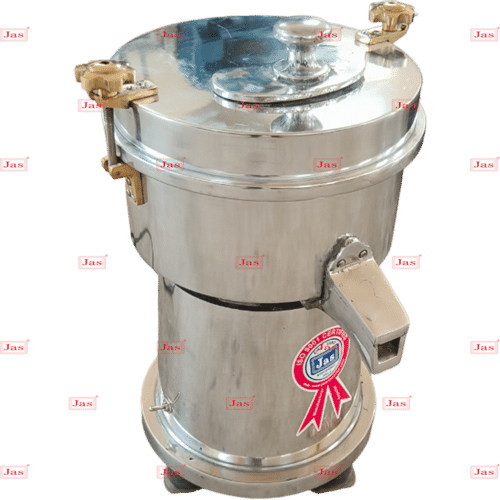Paddle Agitator
Product Details:
- Capacity 2-200 Kg/hr
- Automatic Yes
- Voltage 230/440 Volt (v)
- Click to View more
Paddle Agitator Price And Quantity
- 20000 INR/Unit
- 1 Unit
Paddle Agitator Product Specifications
- 230/440 Volt (v)
- Yes
- 2-200 Kg/hr
Paddle Agitator Trade Information
- All India South India Central India West India North India East India Gujarat Karnataka Kerala Lakshadweep Mizoram Meghalaya Manipur Andhra Pradesh Bihar Chandigarh Daman and Diu Goa Jharkhand Odisha Punjab Assam Delhi Dadra and Nagar Haveli Andaman and Nicobar Islands Arunachal Pradesh Chhattisgarh Haryana Himachal Pradesh Jammu and Kashmir Madhya Pradesh Maharashtra Nagaland Rajasthan Sikkim Tamil Nadu Telangana Tripura Pondicherry Uttar Pradesh Uttarakhand West Bengal
- ISO
Product Description
Here are a few key points about paddle agitators:
-
Design: The paddle is typically attached to a shaft that is connected to a motor. The design of the paddle can vary, including options like flat blades, pitched blades, or even more complex geometries, depending on the specific mixing needs.
-
Applications: They are used in a wide range of applications, including chemical reactions, food and beverage production, pharmaceuticals, and wastewater treatment.
-
Functionality: Paddle agitators are designed to promote uniform mixing by creating turbulence in the liquid. They help in ensuring that all components of the mixture are evenly distributed.
-
Variations: There are different types of agitators, such as high-shear, low-shear, and variable-speed agitators, each suited for specific types of mixing tasks.
-
Considerations: When choosing a paddle agitator, factors like the viscosity of the materials being mixed, the required mixing speed, and the size of the container are important to ensure effective mixing.

Price:
- 50
- 100
- 200
- 250
- 500
- 1000+

